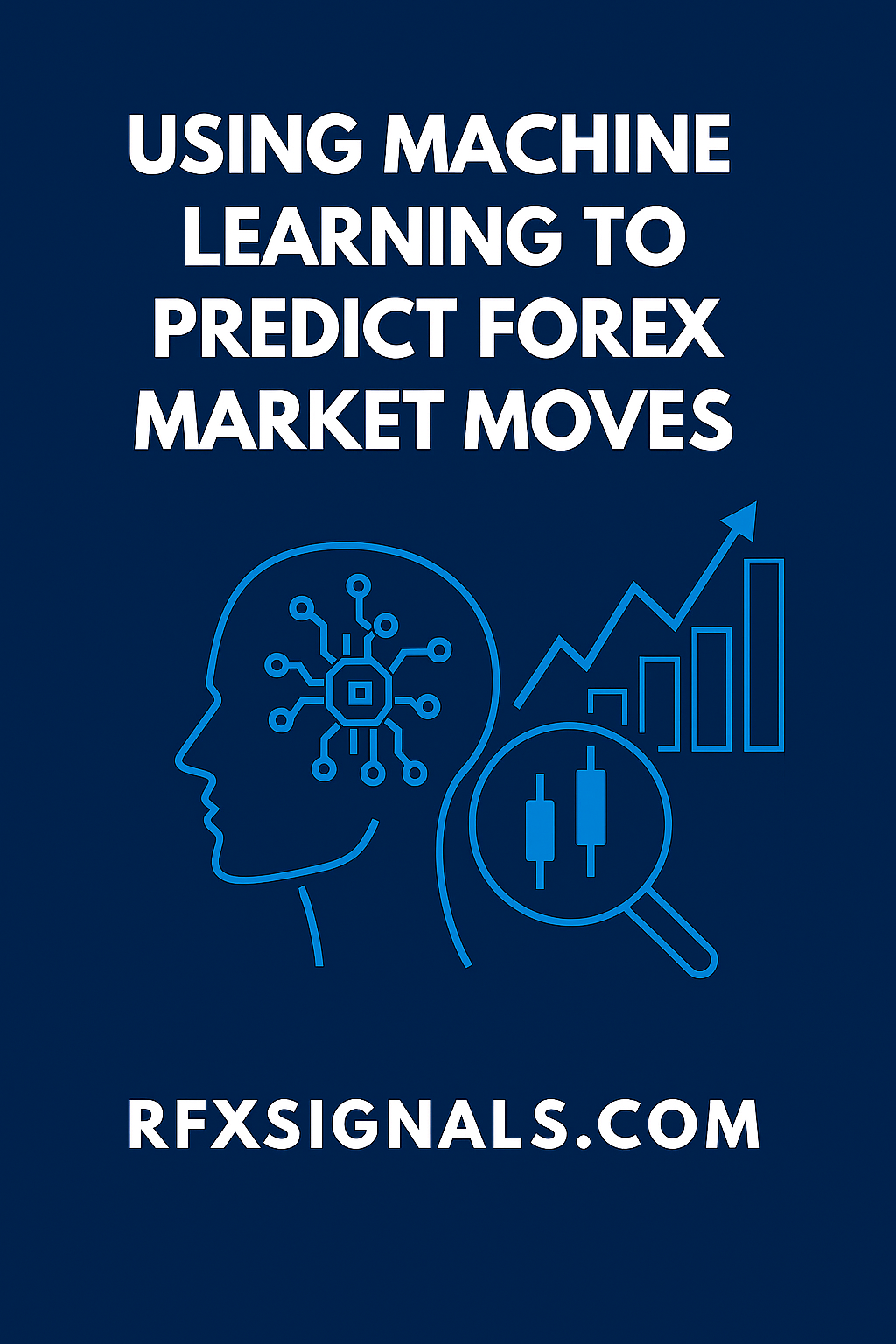
Using Machine Learning to Predict Forex Market Moves
By RTech RFX Signals ·
Discover practical, step-by-step guidance for applying machine learning (ML) to Forex: what data to use, feature engineering, model choices, backtesting and deployment — plus how to avoid common traps and protect capital.
Why machine learning for Forex?
Forex markets are microstructure-rich, high-frequency and driven by macro data, sentiment and liquidity. Traditional rule-based systems can work, but machine learning adds the ability to:
- Automatically extract patterns from many features
- Combine technical, fundamental and alternative data
- Adapt to regime shifts (when models are retrained responsibly)
Data: the foundation of any ML system
High-quality, well-synchronized data beats fancy models. Typical inputs include:
Price & Volume
Tick, minute and hourly OHLCV (open/high/low/close/volume). Use cleaned time-series (aligned timeframes) and check for missing ticks or daylight savings misalignments.
Macro & News
Economic releases (CPI, NFP), interest rate decisions, and curated news sentiment. Use numeric features (surprise vs. consensus) rather than raw text where possible, or apply NLP sentiment scoring.
Alternative features
Order-book imbalances, interbank spreads, and derived indicators (implied volatility from options). Combining alternative data often improves edge — but verify costs and latency.
Feature engineering: make the signal easier to learn
Raw prices are noisy. Good features dramatically improve model performance:
- Returns & log-returns across multiple horizons (1m, 5m, 1h).
- Technical indicators — moving averages, RSI, ATR, MACD (but avoid blindly adding dozens; use feature selection).
- Lagged features and rolling-statistics (mean, std, skew).
- Event flags (FOMC, NFP) as binary/categorical variables.
Model selection: start simple
The best practice is to start with simple models and evaluate upward:
Baseline models
Logistic regression or simple decision trees give strong baselines and are interpretable — perfect for sanity checks.
Tree-based ensembles
Random Forests and Gradient Boosting (e.g., XGBoost, LightGBM) handle tabular features well and are common in quant trading.
Neural networks
LSTMs, 1D-CNNs and transformer-based time-series models can capture temporal dependencies — but they need more data and careful regularization to avoid overfitting.
Training, validation and backtesting
Use time-series-aware validation: rolling windows, forward-chaining, and out-of-sample backtests. NEVER shuffle time-series data for cross-validation — that leaks the future into training.
Backtesting must include transaction costs, slippage and realistic execution logic. Simulate realistic fills (market vs limit) and add latency if your model relies on low-latency signals.
Evaluation metrics that matter
Accuracy is misleading for unbalanced labels. Prefer metrics tied to money:
- Profit & Loss (P&L) after costs
- Sharpe Ratio or Sortino
- Maximum drawdown and drawdown duration
- Precision/Recall for directional predictions
Risk management & position sizing
Machine learning does not remove risk. Always combine predictions with position sizing rules:
- Cap exposure per trade and per currency pair
- Use volatility-based sizing (e.g., ATR-based) to normalize risk
- Employ stop losses, trailing stops and diversification across strategies
Common pitfalls and how to avoid them
Beware of:
- Overfitting: too many features relative to data length. Use regularization and out-of-sample verification.
- Data-snooping: testing many hypotheses on the same set inflates false positives.
- Survivorship bias: use complete historical series, not only currently listed pairs/instruments.
- Look-ahead bias: only use information that would truly be available at decision time.
Deploying models to live trading
Deployment choices depend on latency requirements. For intraday scalping you need co-located infrastructure and fast execution; for daily signals simpler VPS-hosted solutions may suffice. Monitor model drift and set retraining cadence (weekly, monthly) based on performance.
Building an edge: combining models and manual overlays
The most robust commercially useful systems blend multiple models (ensembles) and human overlays — for example, turning off algorithmic risk during major news events or using manual filters for low-liquidity windows.
Where to learn more (outbound links)
For fundamentals and background reading, reputable resources include: Investopedia (market concepts), QuantStart (quant research) and arXiv for academic papers.
Quick practical checklist before you trade
- Verify data integrity and timestamps
- Build a simple baseline model
- Design out-of-sample backtests with realistic costs
- Implement position sizing and risk limits
- Start with paper trading and monitor drift
Conclusion
Machine learning can improve Forex trading when applied carefully: high-quality data, sensible features, robust backtesting and disciplined risk management are the keys. Start simple, validate thoroughly, and scale only after repeated, cost-adjusted success.
Ready to test ML-driven signals?
Try our curated historical signal datasets and ready-to-run notebooks to accelerate your research.